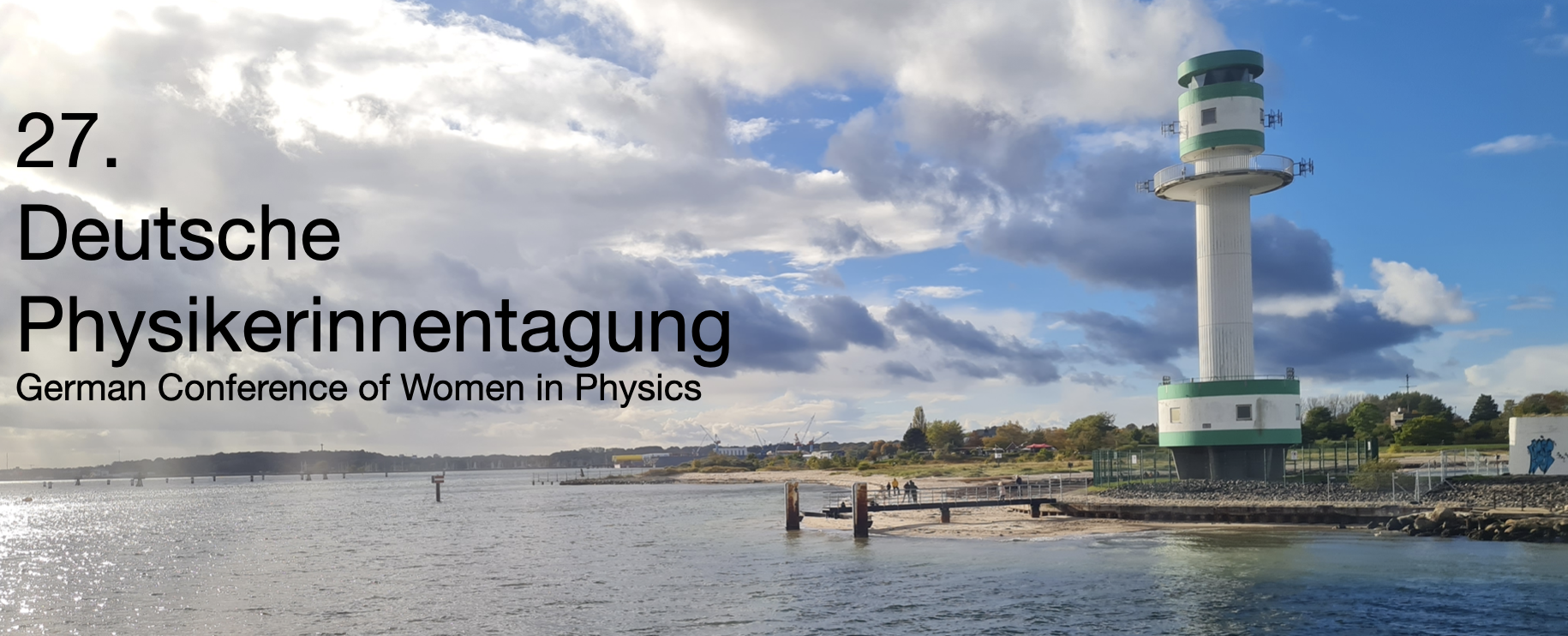Speaker
Description
The structural and electronic properties of CrOx/Pt(111) films were investigated by LEED, XPS and LT-STM in combination with DFT calculations performed via a genetic algorithm [1]. Depending on the nominal Cr coverage and the oxygen-chemical potential during deposition, two unique oxide phases were identified. A (√3×√3)R30° phase emerges at sub-monolayer Cr-exposure and O-rich oxidation conditions. It shows perfect agreement with a Cr3O6 trilayer modelled by DFT and comprises a mixture of Cr3+ and Cr4+ ions in the central cationic plane. At higher coverage or after vacuum-annealing, the (√3×√3)R30° phase evolves to a (2×2) phase with increased topographic height. The latter was assigned to a Cr6O11 film, in which an O-Cr-O trilayer is capped by a Cr2O3 honeycomb plane.
To determine the inner electronic structure of the single- and double-stack CrOx/Pt(111) films and to identify underlying charge transfer processes, tunnelling spectroscopy was employed to measure the film workfunction $\phi$ with high spatial resolution. We find a drastic workfunction drop when going from Cr3O6 single-stacks ($\phi > 7.0$ eV) to Cr6O11 double-stacks ($\phi < 5.1$ eV). The underlying charge redistribution was elucidated by DFT, showing that the exceptionally high $\phi$-value of Cr3O6 originates from a substantial electron transfer from the Pt substrate into empty Cr-states below the Pt Fermi level [2]. The subsequent reduction of 2/3 of the Cr ions from their formal 4+ to a 3+ charge state is indeed confirmed by a specific film contrast in STM topographic images. The huge negative surface dipole of the trilayer dimin-ishes when growing a Cr2O3 honeycomb plane on top and forming a Cr6O11 double-stack. Now, the top-layer acts as electron donor, allowing the charge transfer from the Pt substrate to decrease substantially. In combination with interfacial hybridization effects, the modified charge distribution allows for a strong stabilization of the double-stack with respect to a single-stack geometry. By comparing the CrOx/Pt(111) behavior to that of hypothetical double-stack films, made of an interfacial TMO2 trilayer (TM = Ti, V, Mn, Fe) and a capping Cr-O honeycomb plane, the stability of metal-oxide double-stacks can directly be correlated with the charge exchange between the individual oxide layers and the substrate.
[1] Ghada Missaoui, Piotr Igor Wemhoff, Claudine Noguera, Jacek Goniakowski, and Niklas Nilius, J. Phys. Chem. C 128, 30, 12726-12734 (2024).
[2] Ghada Missaoui, Jacek Goniakowski, Claudine Noguera, Niklas Nilius, J. Phys. Chem. C letters,16, 7222-7228 (2025).

